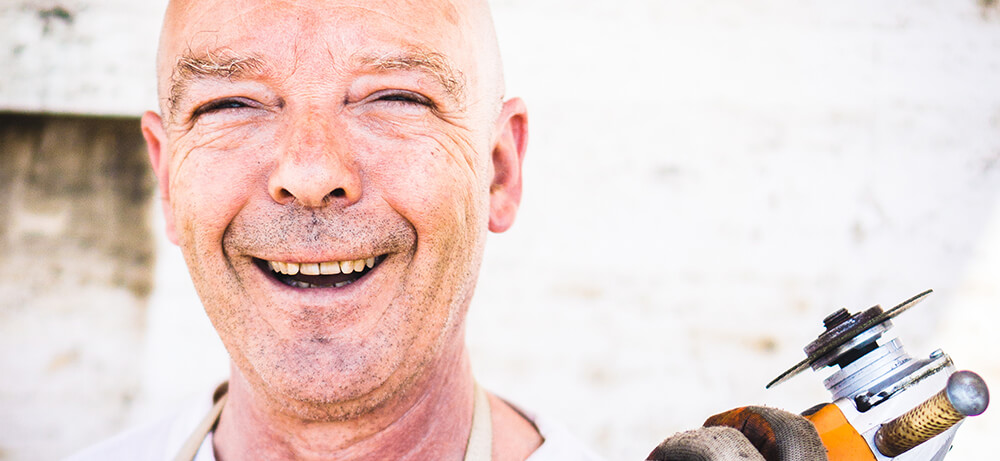The Manliest Men Are Bald (Kind Of)
Men have higher levels of testosterone than women, that’s what gives them their strong, hairy bodies. But some men have more hair than others. Why does that happen? Levels of testosterone create some hairy situations but we’ll help you sort it all out.
Testosterone
Testosterone is the male sex hormone and the levels of this hormone contribute to a person’s ability to grow facial hair. If you have high testosterone, you will likely have high levels of dihydrotestosterone (DHT). This is a hormone that’s stronger and more potent than testosterone. When the body has high levels of DHT, it will grow more facial and body hair. In addition to hair, high levels of testosterone cause a number of other changes. Guys with a chiseled, defined jawline and a deep voice can attribute those traits to hormone levels.
Baldness and Testosterone
Bald men are said to be more virile and masculine because they have higher levels of testosterone. In theory, this makes them more manly and increases their sex drive, but causes them to lose their hair at an early age. While male pattern baldness and testosterone are closely related, their relationship is a little more complicated.
Baldness is determined by genetics, not by how much testosterone is in your bloodstream. Men all have roughly the same amount of testosterone. Certain genes make your hair follicles more or less sensitive to the amount of testosterone in your body. Basically, an enzyme converts testosterone into a substance that shrinks hair follicles. When hair follicles shrink, the hair growing cycle gets shorter and eventually stops growing new hair. If you have a family history of hair loss, you will lose hair. High levels of DHT could potentially accelerate those effects, though.
Body Hair
Body hair, or androgenic hair, develops on both men and women after puberty. Androgenic hair is different from the fine, light vellus hair on your scalp. Guys have more androgenic hair throughout their bodies because of higher levels of androgens, which are male hormones. Before puberty, boys have soft vellus hair all over their bodies. Over time, their body hair will become thicker and darker. This is when guys will start to have more noticeable facial and chest hair. The difference between head hair and body hair is the reason men can be bald but still have full, thick beards.
Facial Hair
Facial hair generally begins to grow when a man is in his late teens but some guys never grow out of their boyish faces. A man’s ability to grow a beard again ties into genetics and testosterone levels. Even though high levels of DHT can accelerate hair loss on your head, it usually means thicker facial hair. Patchiness is a common problem for guys trying to grow a beard, especially if they have low amounts of DHT in their bloodstreams. Your cheeks have weaker blood flow, so it’s harder for hormones and nutrients to reach the area.
Hair loss and hair growth are both traits determined by genetics but testosterone is important too. The level of testosterone flowing through your bloodstream will affect how hair grows on your head, your face and your body. Now you know just a hair more about testosterone and hair growth.
Contact Info
9777 S. Yosemite Street, Suite 200
Lone Tree, CO. 80124
303.680.8989
Email Us
Hours
Monday - Thursday: 8am - 5pm
Friday: 8am - 4pm
